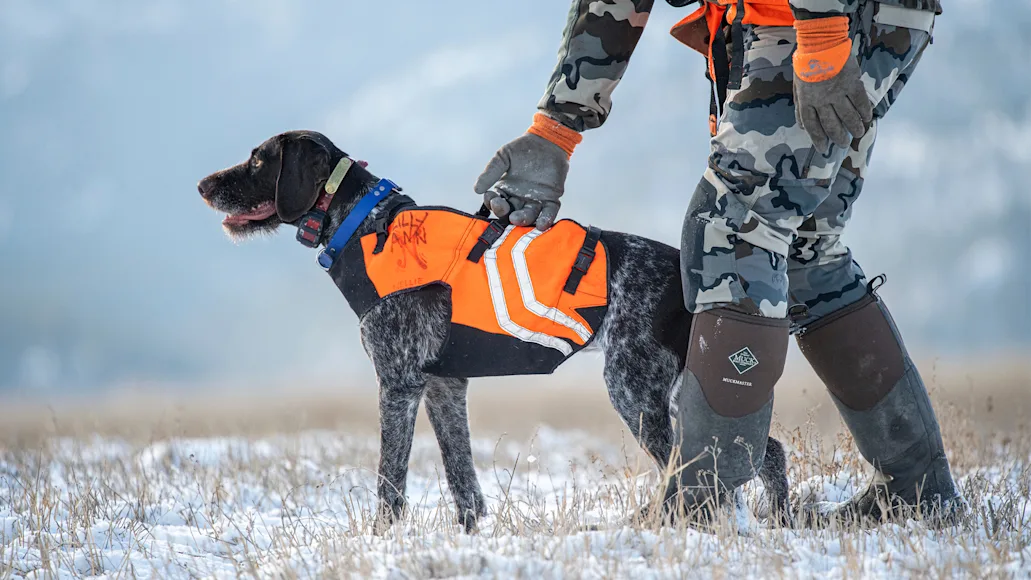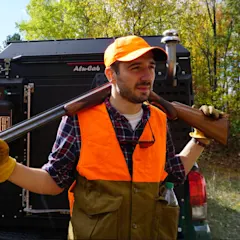So, you just got your first bird-dog puppy. He’s cute, little, and can’t make it two hours without peeing in the house. In the back of your mind, you’re thinking of the possibilities while he's still just learning the basics. What happens in the next six months to a year are going to determine if you have the best hunting buddy ever or the most annoying creature to ever walk on four legs. The onus is on you, and there's too much at stake for you to blow it.
That’s why I called three bird-dog masters to help you out. Todd Agnew of Craney Hill Kennel and Ronnie and Susanna Smith of Smith Kennels have trained hundreds of hunting dogs and taught countless people how to do the same. And while they can tell you everything you should do, the first step is understanding what you absolutely should not do, so that you and your pup don't fall to the classic bird-dog blunders. Below, according to our experts, are the seven biggest ways to screw up your dog, as well key advice on how to avoid them.
Mistake #1: Getting Your Dog in the Field Too Early
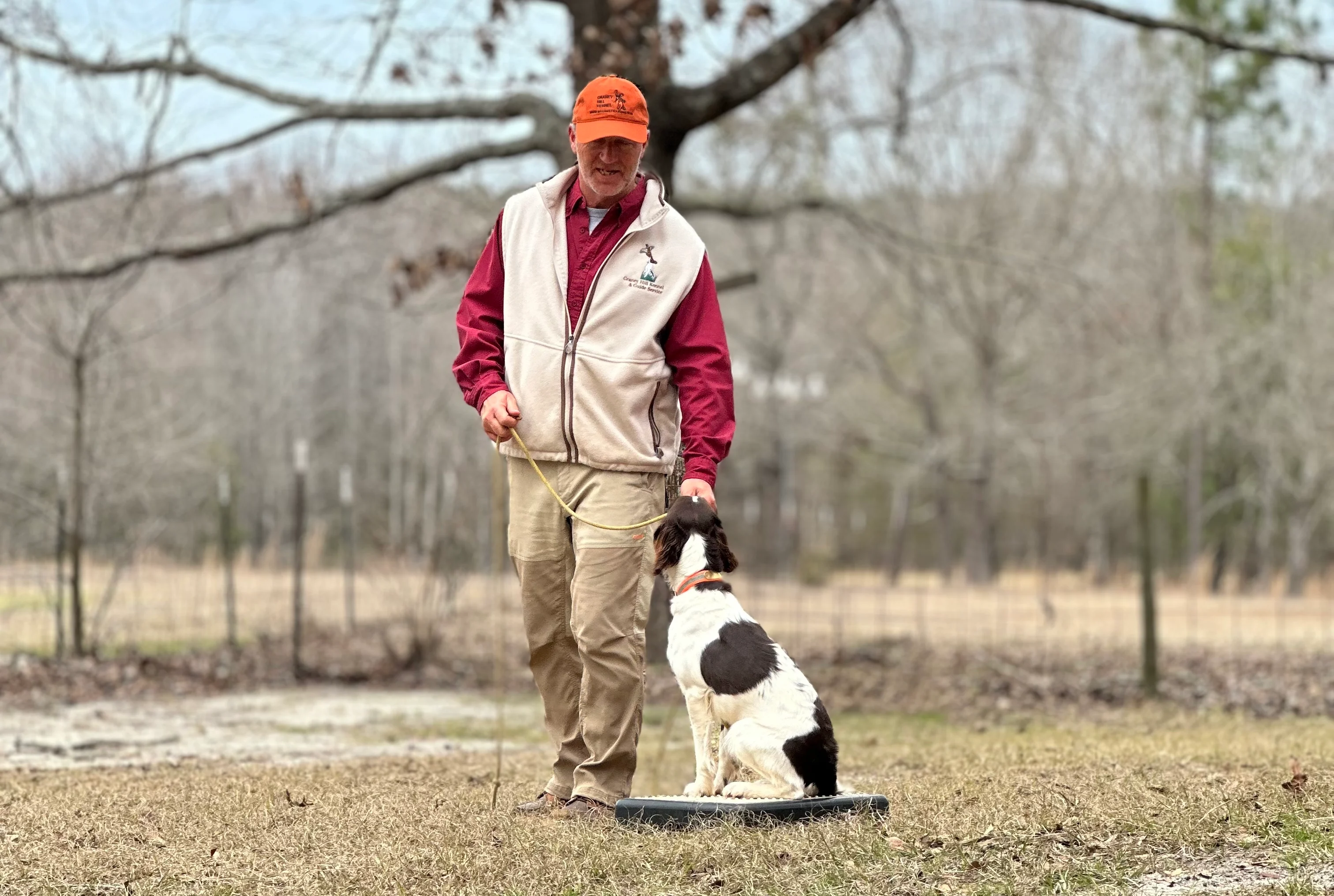
Pushing a dog to hunt sooner than he's ready is big problem for many dog owners. It’s easy to get excited about your pup, especially when you see the social media posts of proud owners and their young dogs getting to the field early. But Todd Agnew advises waiting. “You’ll be much better off if you just give up the first year to training,” he says.
It’s important to train in a sequence and separate field time from training time at the beginning. The Smiths say that yelling "here" to a dog while working on a real retrieve, for example, will only introduce stress to your dog. “That’s why they’ll munch on a bird or just drop it and walk away,” says Susanna Smith. The same goes for "woah" when a dog is on a bird. “Teach things like ‘here’ and ‘woah’ away from game first, then use it later once you’re around birds to avoid a negative association.” All three trainers suggest making sure your dog is as solid as she can be before putting the whole picture together on a real hunt.
Mistake #2: Being Inconsistent At Home
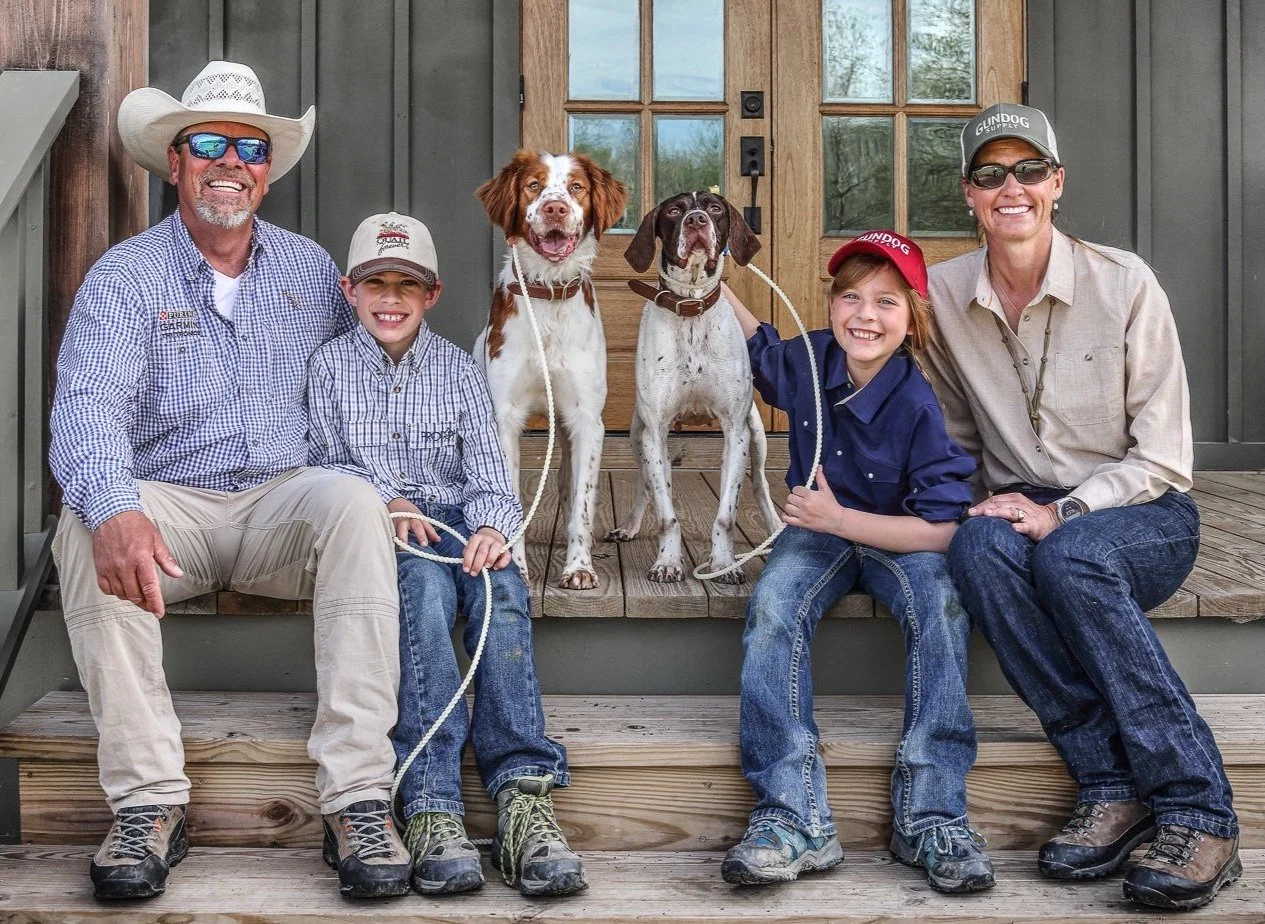
Whether you like it or not, your dog is learning all the time. That includes when you’re sitting on the couch, watching TV, or in a rush to leave the house. “Typically, people drop their standards at home, because dogs get in the way of your life,” says Agnew. “Dogs don’t know that dropping some rules may just be a one-time thing. This will creep its way into training and into the field.”
The Smiths suggest keeping simple longterm goals in mind all of the time. “All a pointing dog really needs to know are three things: to go with you, come to you, and stand still,” Susanna Smith says. “If you can focus on those things in your daily interactions, it will be beneficial in the field.”
“Every time you put your hands on your dog, you leave fingerprints,” says Ronnie Smith. “Get your dog to mind their manners in the home, and it will be much easier to get them to do the same in the field. If you’re lucky, you’re only going to hunt with the dog for five percent of your time together. There’s no way you can get him to shift gears if you don’t have a solid foundation at home.”
Related: 6 Hunting Dog Breeds that Make Good House Dogs
Mistake #3: Not Sticking with a Solid Program
It’s OK to try different training programs at first, but once you’ve found one, you should stick with it. “People jump around a lot,” says Agnew. “They’ll watch YouTube videos and follow different programs. As trainers, we have to adjust to what a dog gives you, and you don’t get that from a video online.”
Agnew says that very few quality training programs are available for free online. The best trainers in the country know the value of what they’re giving and expect to be paid for it, and that’s OK. Programs that dog trainers develop are meant to be followed in sequence, and money spent on a training program will pay off for a long time. “It’s important to have a step-by-step plan. Know where you going and how to get there,” Susanna Smith says.
When it comes to finding the right program, Agnew would look for a few things. “I’d want to see multiple good dogs come through a program in the hands of different kinds of people,” he says. “I’d also try to find a training style that fits with my personality. Going to seminars and field trials are good opportunities to get an overview of different training programs.”
Mistake #4: Not Having a Plan to Introduce Your Dog to Guns
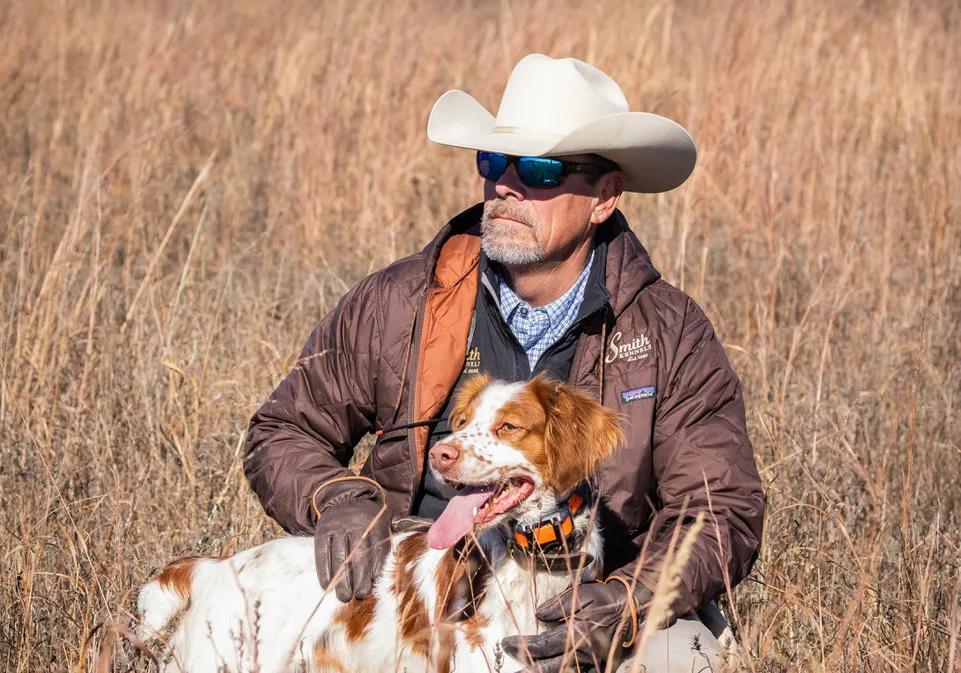
“Just shooting around your dog to see if he’s gun-shy is probably the single biggest mistake the general public makes with a bird dog,” says Ronnie Smith. Dogs are predisposed to fear loud noises. Unless you plan to hunt birds with a slingshot, you need to help them get over this.
The Smiths like to get a dog focused and intent on finding game before introducing them to a gun. Once their prey drive is at a peak, and when the dog is actively chasing a bird, they’ll fire a .22 crimp blank. If the dog loses focus, they have a second bird in a bag. That way they can turn a negative experience into a positive one. “Mindset trumps everything,” says Susanna Smith. “It’s much more important than how old a dog is.”
Agnew doesn’t do any gun work until all of the bird work is done. He also says that going to the gun range with a dog is “the kiss of death.” Instead, he likes to throw clipped wing pigeons for dogs when introducing them to guns. That way the dog will always have a bird on the ground when he hears a gunshot instead of just looking at a breaking clay or watching a bird fly off.
Mistake #5: Having an Old Dog Do All of the Work for You
Your older bird dog will not just teach your younger bird. Young dogs can mimic some of an older dogs behavior, but they’ll never be the same as that older dog. This is especially true when it comes to finding birds. “You create an environment where that younger dog will hang back, not be assertive, and only look to honor the older dog,” Ronnie Smith says.
Young dogs need to learn to find their own birds, and you need to teach them how to do that. “On the one hand, hunting with older dogs is a good way to get a younger dog in front of birds,” he says. “But you can’t let that be a routine. You’ll only find out that your young dog isn’t a bird finder when your older dog gets too old or dies.”
Related: 21 Best Hunting Dog Breeds
Mistake #6. Ignoring What's In It for Your Dog
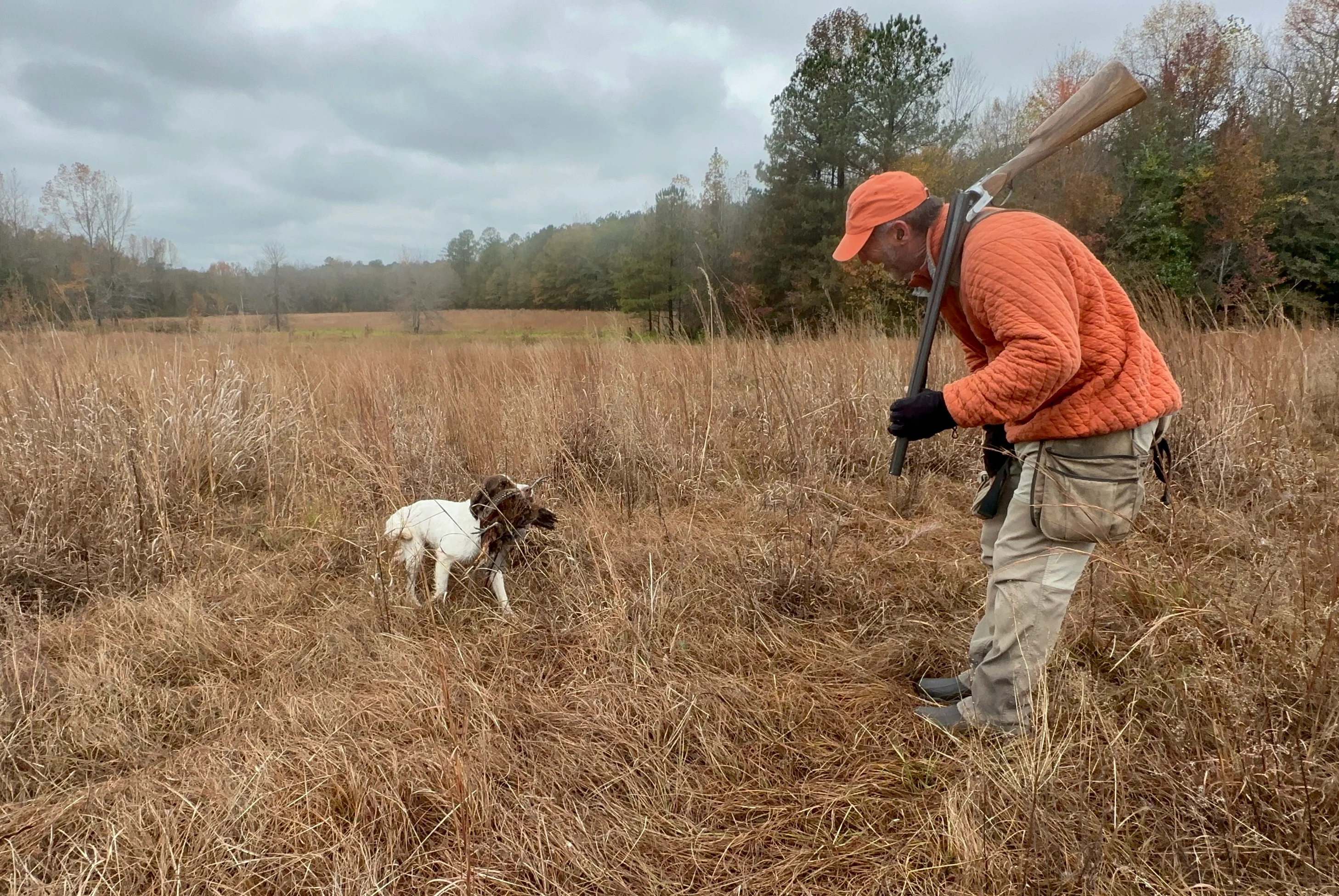
Dogs might seem like they live to please us, but in the backs of their minds, they’re really thinking about what they get out of a situation. Both the Smiths and Agnew suggest thinking about what your dog wants before barking orders. “People are really proud to tell their dogs to do something, but they should really be thinking, what’s in it for the dog,” Agnew says.
The classic examples of this are when a dog won’t come or when a dog needs to release a bird they've retrieved. People tend to lunge at a dog when it gets close or pull a bird out of a dog's mouth after the retrieve. Doing either is of no benefit to the dog, so the dog will continue to avoid coming when called and try to hang onto a bird when its in her mouth.
The Smiths suggest shifting your priorities when trying to get a bird out of a dog's mouth. They’ll coach hunters to praise the dog before asking for the bird, that way it doesn’t become a game of possession. “You’re dealing with a possessive mindset, and that’s the way you need to think about it,” says Ronnie Smith. “Your dog didn’t pick the bird up to bring it to you, he picked it up because he want’s it.”
Agnew suggests filming yourself training for retrieves, and to be critical if you catch yourself pulling a bird from a dog's mouth. “A dog feels the world through his mouth,” he says. “He can feel a single feather moving.”
Problems as simple as not heeling can usually be fixed by being aware of the dog’s perspective. “Dogs genetically like to pull already,” says Agnew. “You could buy a bunch of gadgets to keep your dog from pulling, or just walk with treats in your hand. The dog will learn that being close to you is a good thing.”
Mistake #7. Not Seeking Help When a Problem Arises
As long as you follow a program, stay consistent with training at home, and stay aware of how your dog views the world, you should see improvement. However, all of that hard work will go out the window, if you are not honest with yourself when things aren’t working.
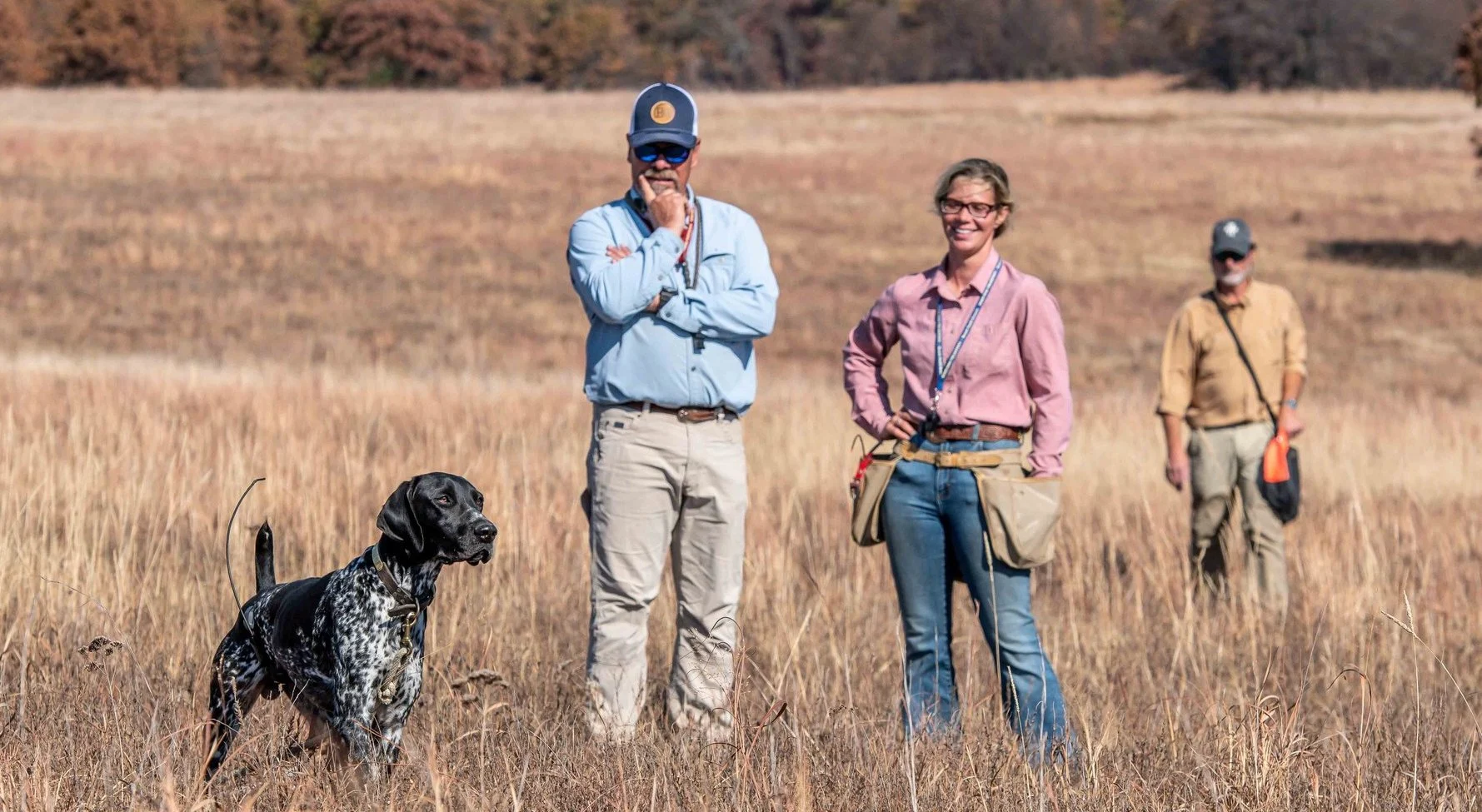
“The first question you should ask yourself is why your in a bind,” says Susanna Smith. “It’s not just that your dog didn’t do something, it’s why didn’t he do it. If you don’t see incremental improvement with every workout, then you need to change something.”
When you budget for a bird dog, work in the costs of expert help. Find the trainers that follow the same kind of program you’re working on. And if you can’t figure out how to fix a problem, regroup and find a professional who can help. Before you know it, you'll be back on track and working toward fulfilling all those possibilities you imagined for you and your put in the field together.

